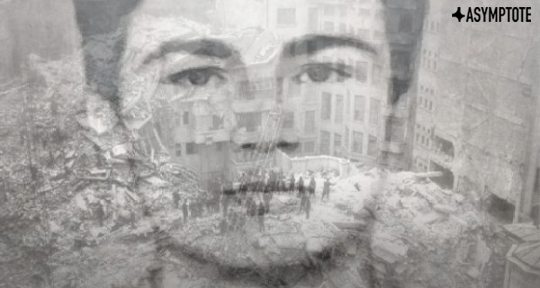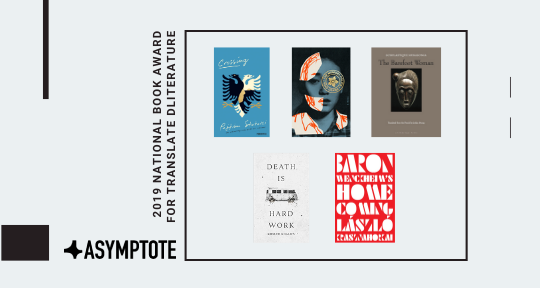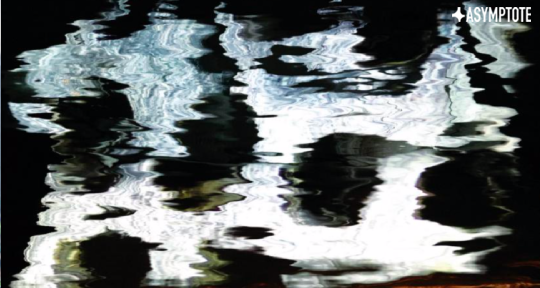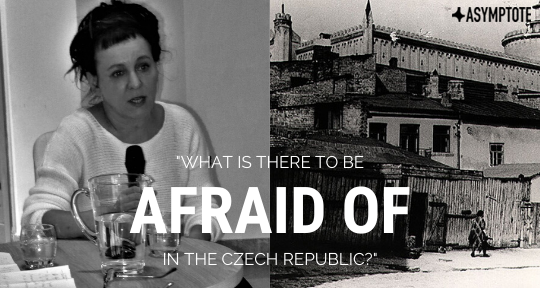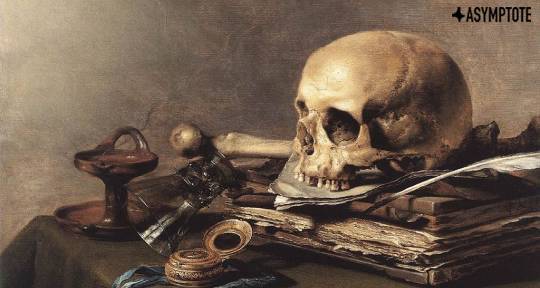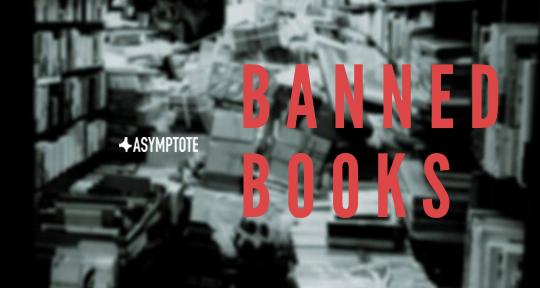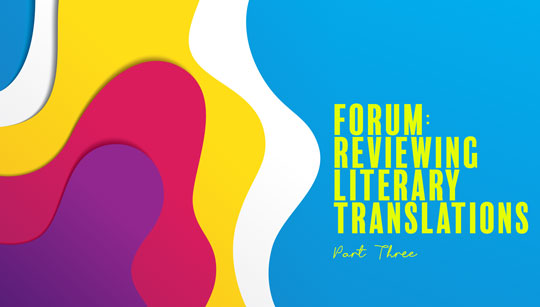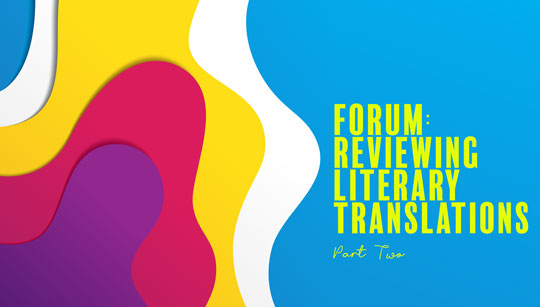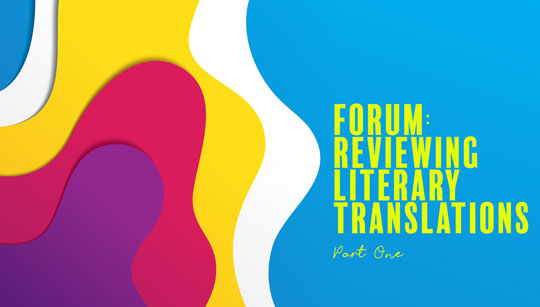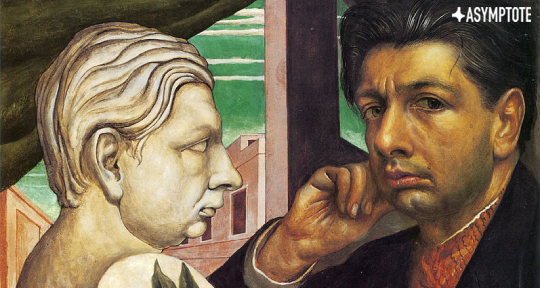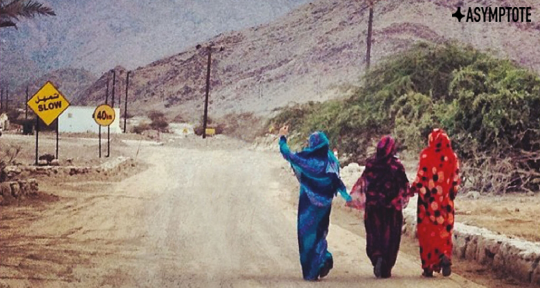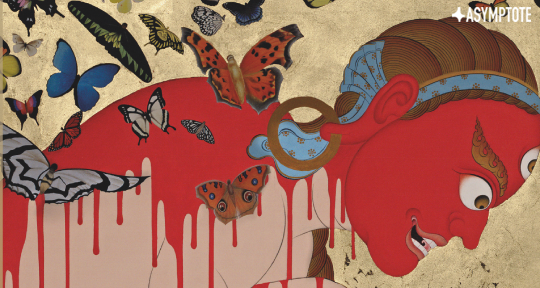Poets and their translators have often agonized over the exhausting task of translating the ineffable poetics of their work, of which every word, punctuation mark, break, pause, and sound is a contributing factor; it goes without saying that the journey from one language to another somewhat impedes upon this delicate balance. In this following essay, Asymptote‘s Alexander Dickow expertly dissects an overarching complication: the act of translating metric verse. In dialogue with a newly published translation of Gérard de Nerval’s famed Chimeras and their predecessors, larger questions of poetics and translations emerge: just how impossible is translating music, and what can be accomplished in an impossible task?
The contemporary preference for unrhymed, free-verse translations of poetry generally has little to do with readability, and much to do with lack of ambition; with the belief, perhaps sanctioned by laziness, that capturing the rhythm of an original with any admirable degree of purity is a fool’s errand, a quixotic fantasy: impossible, and therefore undesirable. The French theorist of translation and poet Henri Meschonnic spent years defending metrical and rhythmic translation, arguing that rhythm is the mark of subjectivity in language and therefore essential to the enterprise of translation. He made this impassioned defense largely in vain, but the proof is in the pudding: whatever one thinks of Meschonnic’s theories of translation and rhythm generally—and he has no lack of critics—the translations of Shakespeare’s sonnets he offers in Poétique du traduire seem, at least to the author of the present essay, indisputably more accurate and powerful than any of the other examples (Meschonnic quotes some five to six examples of other translations for each sonnet he translates into French). Admirable and accurate verse translation is not impossible; even if it were, should the translator’s ambition yield before that impossibility? Is not reaching for the impossible the definition of worthy literary ambition? (See Georges Bataille.) Excessive humility may be a more typical translator’s flaw; perhaps it is time to consider a bit of pride in the “little art,” as Kate Briggs recently called translation, with a hint of tender irony. In fact, translation is an irreducibly arrogant and presumptuous endeavor in the first place—utopian, as Ortega y Gasset has argued. One might as well own that presumption, and aim for the heights: what do we have to lose? The worst that can happen is a bit more failure, which there is no lack of in translation, metrical or otherwise. One may certainly sacrifice too much for a rhyme, but one may sacrifice too much for any formal effect in a poem, and this is not sufficient cause, in my view, to jettison meter and rhyme entirely. Nor is “updating” a text for our own era and its prose and free-verse dominance. For is it not the foreignness of another age that we in part admire in a text of the past? And in resigning ourselves to “updating” a metrical text, are we not capitulating once more to our imprisonment in history (that “impossibility” again, this time of transcending the zeitgeist) and to the anxiety of audience expectations? READ MORE…


